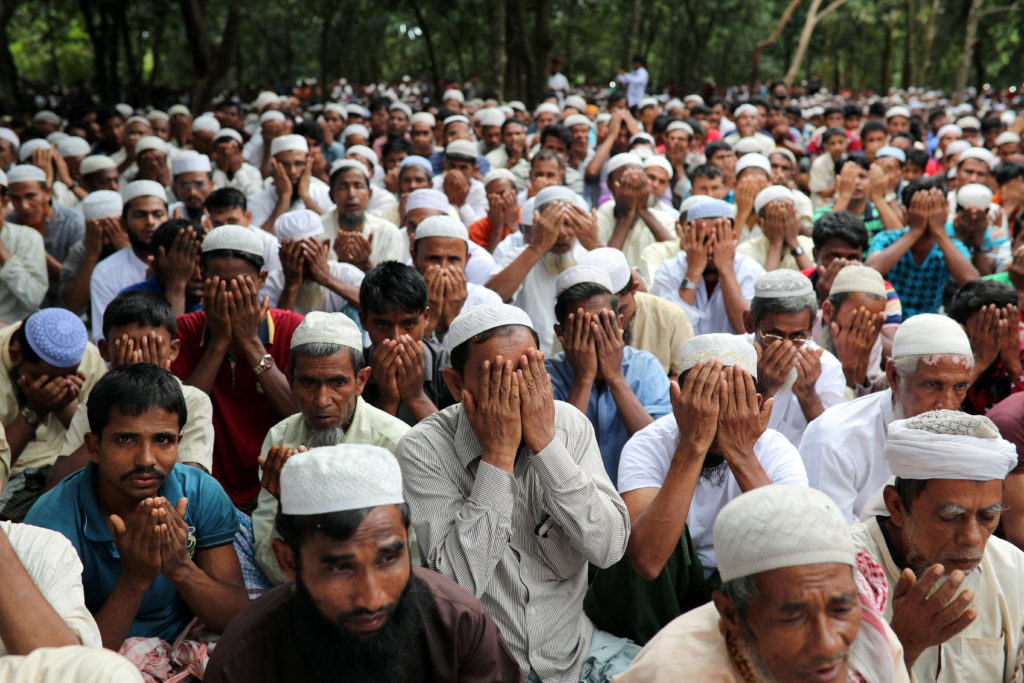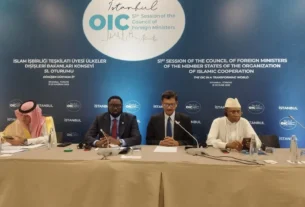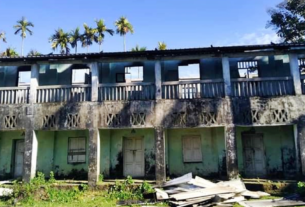In late 2024, as incidents of murder, abduction, and shootings were alarmingly rising in the Rohingya camps, the Government of Bangladesh launched a courageous and timely initiative called “Mission Harmony.” The core objective of this mission was to end violence among armed groups in the camps and establish a lasting peaceful environment. However, in a recent analysis, the International Crisis Group (ICG) has presented a distorted version of this initiative—one that is factually incorrect and politically misleading.
Mission Harmony was neither a covert agreement nor an isolated arrangement. Rather, it was a deliberate and sensitive step taken by the government to bring armed Rohingya groups engaged in violence to the negotiation table. The initiative was carried out under the close supervision of Bangladesh’s security forces and local administration.
As a result of Mission Harmony, calm has returned to the camps. Order has been restored, and services like education and humanitarian aid have resumed more effectively. Community-based organizations in the camps have become active in promoting peace.
However, in its recent report, the International Crisis Group (ICG) has grossly misrepresented this peace effort. Their report disregards the humanitarian and political significance of Mission Harmony and offers a misleading interpretation.
Thanks to Mission Harmony, positive changes have taken place in the camps. Murders, abductions, and shootings have declined significantly. For example, between May and December 2024, 65 Rohingya were killed in the Cox’s Bazar camps. In contrast, during the first half of 2025 (January to June), the number dropped to 26.
Yet the ICG report characterizes Mission Harmony as a strategic deal that allegedly allowed armed groups to reorganize. According to them, the peace agreement has provided space for extremist groups to incite people using religious rhetoric and jihadi language.
In reality, Mission Harmony is a strategic peace initiative that reflects the Government of Bangladesh’s humanitarian and diplomatic commitment. The ICG report is nothing more than a misuse of facts, exaggeration of the crisis, and a devaluation of Bangladesh’s constructive role.
The ICG also claims that under the cover of Mission Harmony, armed groups have been openly recruiting and that the Government of Bangladesh has approved this—an accusation that is completely false and baseless.
By the end of 2024, more than 70 weapons and rounds of ammunition were voluntarily surrendered. At least 35 active members turned themselves in to law enforcement. Nationwide operations against armed groups led to the capture of over 100 militants, including ARSA chief Ataullah. This is by no means “covert cooperation”—it is a clear act of resistance.
Rohingya Response to Mission Harmony:
The Rohingya believe that the recent ICG report presents a deeply misleading portrayal of the armed groups and instability in the Cox’s Bazar camps. The report completely overlooks the progress toward peace and stability achieved through Mission Harmony.
Following the initiative, all active armed Rohingya groups in the camps of Ukhiya and Teknaf voluntarily surrendered their weapons to the Government of Bangladesh. This marked a historic gesture of goodwill that initiated long-awaited peace and unity.
Rejection of False Claims:
The Rohingya community considers the ICG’s claims of a resurgence of terrorism and division to be entirely disconnected from reality. Such inaccurate and irresponsible reporting distorts the truth and undermines the progress made through Mission Harmony.
The Government of Bangladesh has always sought a peaceful and sustainable solution to the Rohingya crisis—not through violence, but through peace and dialogue. Mission Harmony lays a strong foundation for that peace. Its misrepresentation cannot and should not be tolerated.




